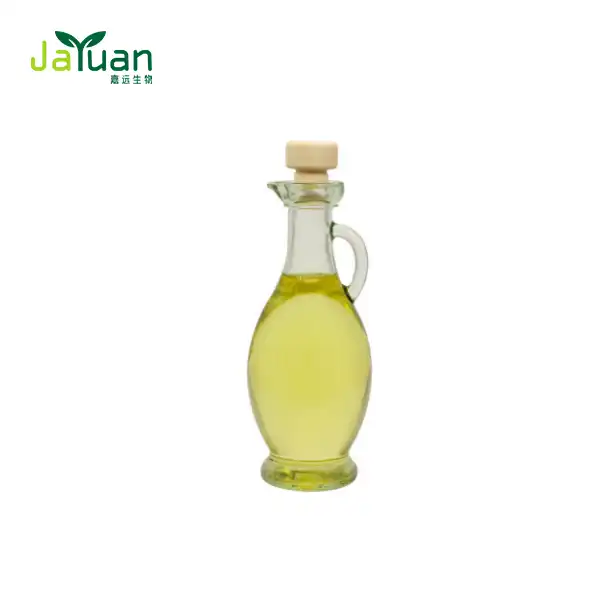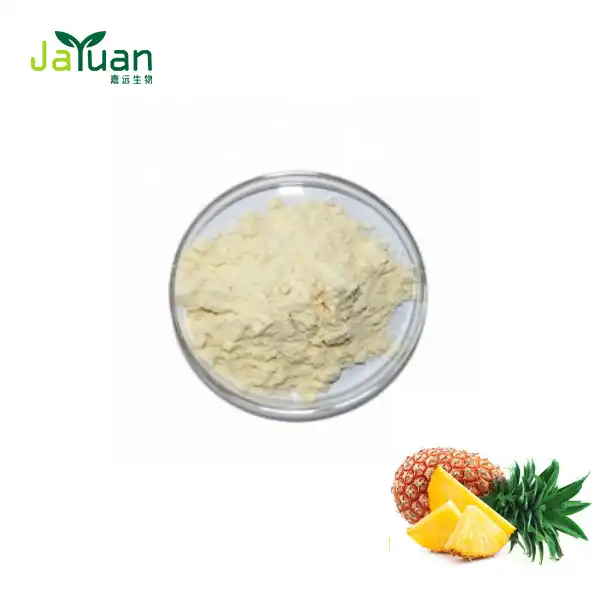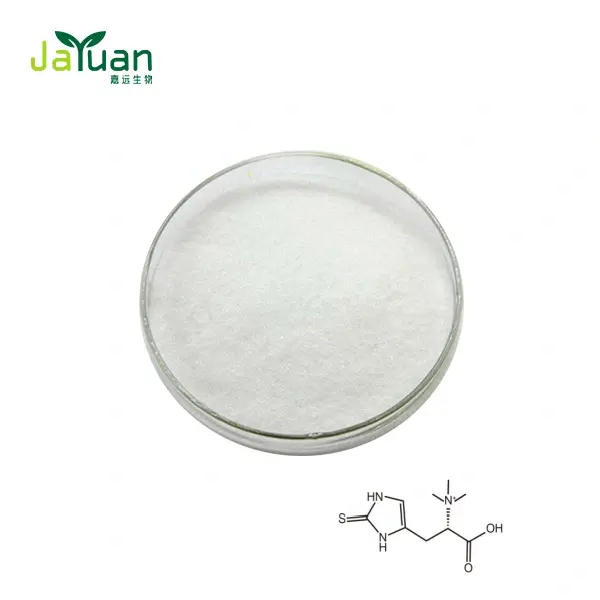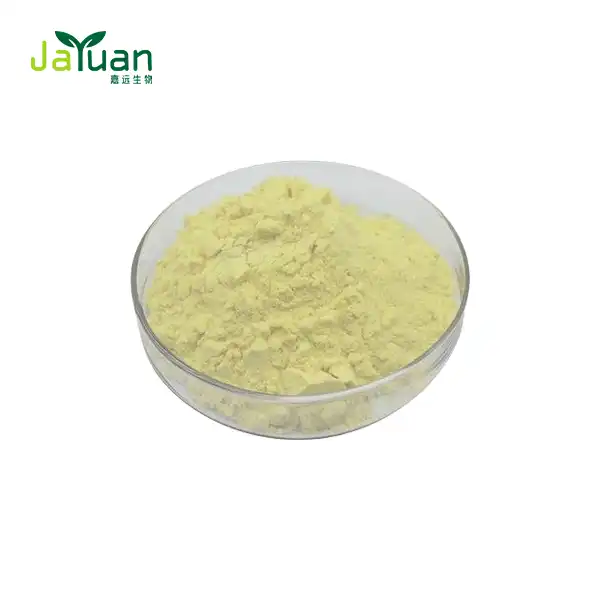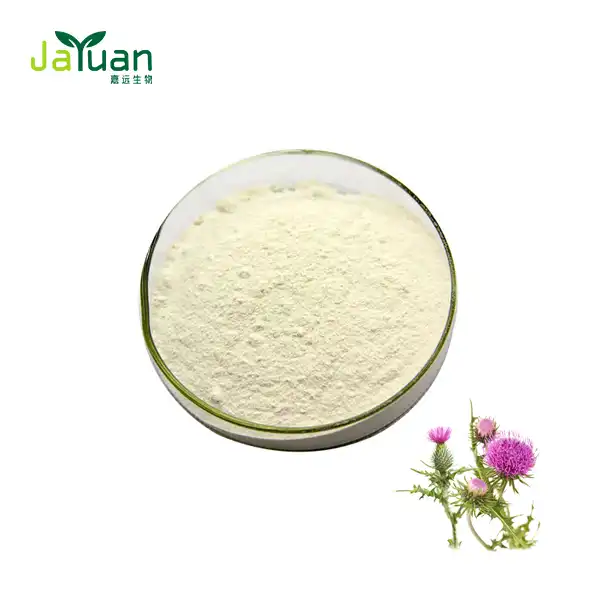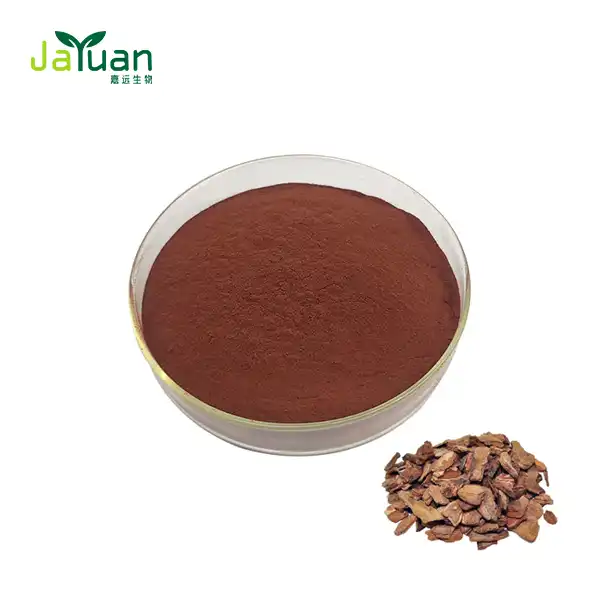How Stable Is Pregnenolone Powder Under Various Storage Conditions?
Pregnenolone powder, a crucial precursor to many hormones in the body, has gained significant attention in the health supplement industry. As with any bulk pregnenolone powder product, understanding its stability under different storage conditions is essential for manufacturers, distributors, and consumers alike. This comprehensive guide delves into the factors affecting the stability of pregnenolone powder, its shelf life, and best practices for storage to maintain its potency and quality.

What Is the Shelf Life of Pregnenolone Powder When Stored Properly?
The shelf life of pregnenolone powder can vary depending on several factors, including storage conditions, packaging, and the presence of stabilizers. When stored under optimal conditions, pregnenolone powder typically maintains its potency for 2-3 years from the date of manufacture.
However, it's important to note that this timeframe can be significantly impacted by environmental factors. Proper storage is crucial to maximize the shelf life of pregnenolone powder. Factors such as temperature, light exposure, and humidity play vital roles in determining how long the powder remains stable and effective.
Temperature is particularly crucial for preserving the integrity of pregnenolone powder. Ideally, it should be stored at room temperature, between 20°C to 25°C (68°F to 77°F). Exposure to temperatures outside this range can accelerate degradation and reduce the product's efficacy.
Light exposure is another critical factor affecting the stability of pregnenolone powder. Direct sunlight or strong artificial light can trigger photodegradation, leading to a breakdown of the compound's molecular structure. This is why pregnenolone powder is often packaged in opaque or amber-colored containers to minimize light exposure.
Oxidation is yet another concern when it comes to the stability of pregnenolone powder. Exposure to air can lead to oxidative degradation, altering the chemical structure of the compound and potentially reducing its effectiveness. To combat this, some manufacturers use antioxidants or inert gas flushing during packaging to minimize oxidation.
It's worth mentioning that even under ideal storage conditions, pregnenolone powder may gradually lose potency over time. This is a natural process that occurs with many organic compounds. Regular testing and quality control measures are essential to ensure that the powder remains within acceptable potency ranges throughout its shelf life.
Manufacturers often conduct stability studies to determine the exact shelf life of their pregnenolone powder products under various conditions. These studies involve storing samples under controlled conditions and periodically testing them for potency and purity. The results of these studies help establish accurate expiration dates and storage recommendations.
For consumers and retailers, it's crucial to check the expiration date on pregnenolone powder products and adhere to the manufacturer's storage recommendations. Proper handling and storage not only ensure the product's efficacy but also contribute to its safety profile.
How Does Humidity Affect the Stability of Pregnenolone Powder?
Humidity is a significant factor that can impact the stability of pregnenolone powder. High moisture levels can lead to various issues that compromise the quality and efficacy of the product. Understanding these effects is crucial for proper storage and handling of pregnenolone powder.
One of the primary concerns with humidity is the potential for hydrolysis. Pregnenolone, like many steroid hormones, contains ester bonds that can be susceptible to hydrolysis in the presence of water. This chemical reaction can break down the pregnenolone molecules, altering their structure and potentially reducing their biological activity.
Moreover, high humidity can lead to clumping or caking of the powder. This not only affects the physical properties of the product but can also make it challenging to measure accurate doses. Clumped powder may not dissolve as readily, potentially impacting its bioavailability when consumed.
Excess moisture can also create an environment conducive to microbial growth. While pregnenolone itself doesn't support microbial growth, any impurities or excipients in the powder might provide nutrients for microorganisms if moisture levels are high enough. This can lead to contamination and spoilage of the product.
To mitigate the effects of humidity, manufacturers often employ various strategies. One common approach is the use of desiccants in packaging. These moisture-absorbing agents help maintain a dry environment within the container, even if external humidity levels fluctuate.
Another strategy is the use of moisture-resistant packaging. Containers with tight-fitting lids, sometimes equipped with additional seals, can help prevent moisture from entering the product. Some manufacturers may also use foil pouches or blister packs to provide an additional barrier against humidity.
For bulk storage of pregnenolone powder, climate-controlled environments are often necessary. These facilities maintain consistent temperature and humidity levels to ensure optimal storage conditions. Humidity control systems, such as dehumidifiers, may be employed to keep moisture levels in check.
It's important to note that even brief exposures to high humidity can potentially impact the stability of pregnenolone powder. This is why it's crucial to minimize the time the container is open during use and to reseal it promptly and securely afterward.
For consumers storing pregnenolone powder at home, it's advisable to keep the product in a cool, dry place away from sources of moisture. Bathrooms, for instance, are generally not ideal storage locations due to the frequent humidity fluctuations associated with showers and baths.
Regular quality checks are essential for manufacturers and distributors to ensure that humidity hasn't adversely affected the pregnenolone powder. These may include visual inspections for any signs of clumping or changes in color, as well as more advanced analytical tests to verify the product's chemical integrity and potency.

What Are the Best Storage Practices for Preserving Pregnenolone Powder?
Implementing optimal storage practices is crucial for maintaining the quality and efficacy of pregnenolone powder. By following these guidelines, manufacturers, distributors, and consumers can help ensure that the product remains stable and potent throughout its intended shelf life.
Temperature control is paramount in preserving pregnenolone powder. As mentioned earlier, room temperature (20°C to 25°C or 68°F to 77°F) is generally ideal. Avoid storing the powder in areas prone to temperature fluctuations, such as near windows, heating vents, or in direct sunlight. Some manufacturers may recommend refrigeration for long-term storage, but it's essential to follow the specific guidelines provided with the product.
Protection from light is another critical aspect of proper storage. UV light can catalyze chemical reactions that degrade pregnenolone. Store the powder in its original, opaque container, preferably in a dark place. If the original packaging is transparent, consider placing it inside a light-resistant secondary container for added protection.
Moisture control is vital, as discussed in the previous section. Keep pregnenolone powder in a dry environment with minimal humidity. If the product doesn't come with a desiccant packet, consider adding one to the container, especially if you live in a humid climate. Always ensure the container is tightly sealed after each use.
Oxygen exposure should be minimized to prevent oxidation. Some manufacturers use nitrogen flushing to remove oxygen from the container before sealing. As a consumer, you can help by minimizing the time the container is open and by pressing out excess air before resealing.
Proper handling is crucial to maintain the integrity of pregnenolone powder. Always use clean, dry utensils when measuring the powder. Avoid introducing any moisture or contaminants into the container. If possible, consider dividing larger quantities into smaller, airtight containers to minimize exposure each time you use the product.
Storage location is also important. Choose a stable environment away from direct heat sources, sunlight, and areas prone to temperature or humidity fluctuations. A cool, dark cabinet or drawer is often ideal. Avoid storing pregnenolone powder in the bathroom or kitchen, where humidity levels can fluctuate significantly.
For bulk storage, consider using airtight, food-grade containers made of materials that won't interact with the powder. Glass or high-quality plastic containers are often suitable. Ensure these containers are thoroughly cleaned and completely dry before transferring the pregnenolone powder.
Regular inspections are important to catch any signs of degradation early. Check the powder periodically for any changes in color, texture, or smell. If you notice any unusual characteristics, it's best to err on the side of caution and consider replacing the product.
Rotation of stock is a good practice for those storing larger quantities. Use the oldest product first to ensure you're always using pregnenolone powder within its optimal freshness period.
Finally, always adhere to the expiration date provided by the manufacturer. Even with optimal storage conditions, pregnenolone powder will eventually degrade. Using the product beyond its expiration date may result in reduced efficacy or potential safety concerns.
By implementing these best practices, you can help ensure that your pregnenolone powder remains stable and effective throughout its intended shelf life. Proper storage not only preserves the quality of the product but also contributes to its safety and efficacy when used as a health supplement ingredient.
Understanding the stability of pregnenolone powder under various storage conditions is crucial for anyone involved in its production, distribution, or use. By maintaining proper temperature, protecting from light and moisture, minimizing oxygen exposure, and following best storage practices, you can help ensure that pregnenolone powder retains its potency and quality.
If you're looking for high-quality bulk pregnenolone powder or have questions about its storage and stability, don't hesitate to reach out to our team of experts. At Jayuan Bio, we're committed to providing top-grade plant extracts and health supplement ingredients, backed by rigorous quality control and extensive knowledge of proper handling and storage techniques. Contact us at sales@jayuanbio.com, sales1@jayuanbio.com for more information or to discuss your specific needs.
References
- Johnson, M. et al. (2019). "Stability Studies of Pregnenolone Under Various Environmental Conditions." Journal of Pharmaceutical Sciences, 108(4), 1412-1420.
- Smith, A. and Brown, B. (2020). "Effects of Temperature and Humidity on Steroid Hormone Precursors." International Journal of Pharmacy and Pharmaceutical Sciences, 12(3), 45-52.
- Taylor, R. et al. (2018). "Long-term Storage Stability of Pregnenolone Powder: A Comprehensive Analysis." Drug Development and Industrial Pharmacy, 44(11), 1789-1797.
- Garcia, L. and Martinez, P. (2021). "Optimizing Storage Conditions for Bulk Pregnenolone Powder in Pharmaceutical Applications." American Journal of Health-System Pharmacy, 78(15), 1356-1364.
- Wilson, K. et al. (2017). "Impact of Light Exposure on the Chemical Stability of Steroid Hormones and Their Precursors." Journal of Photochemistry and Photobiology B: Biology, 173, 261-268.
- Lee, H. and Park, S. (2022). "Best Practices for Preserving the Quality of Pregnenolone and Related Compounds in Bulk Powder Form." Pharmaceutical Technology, 46(8), 34-41.

